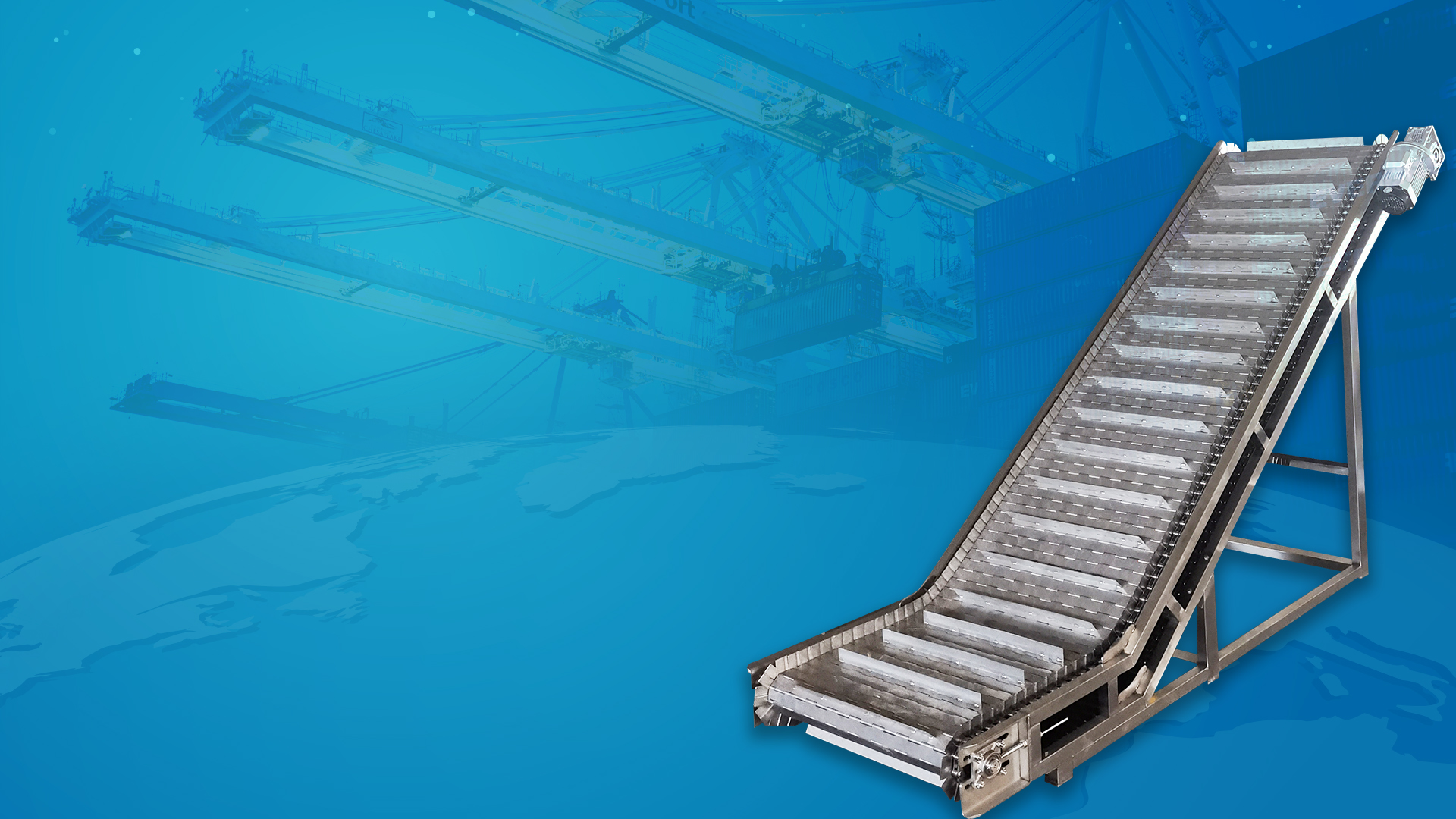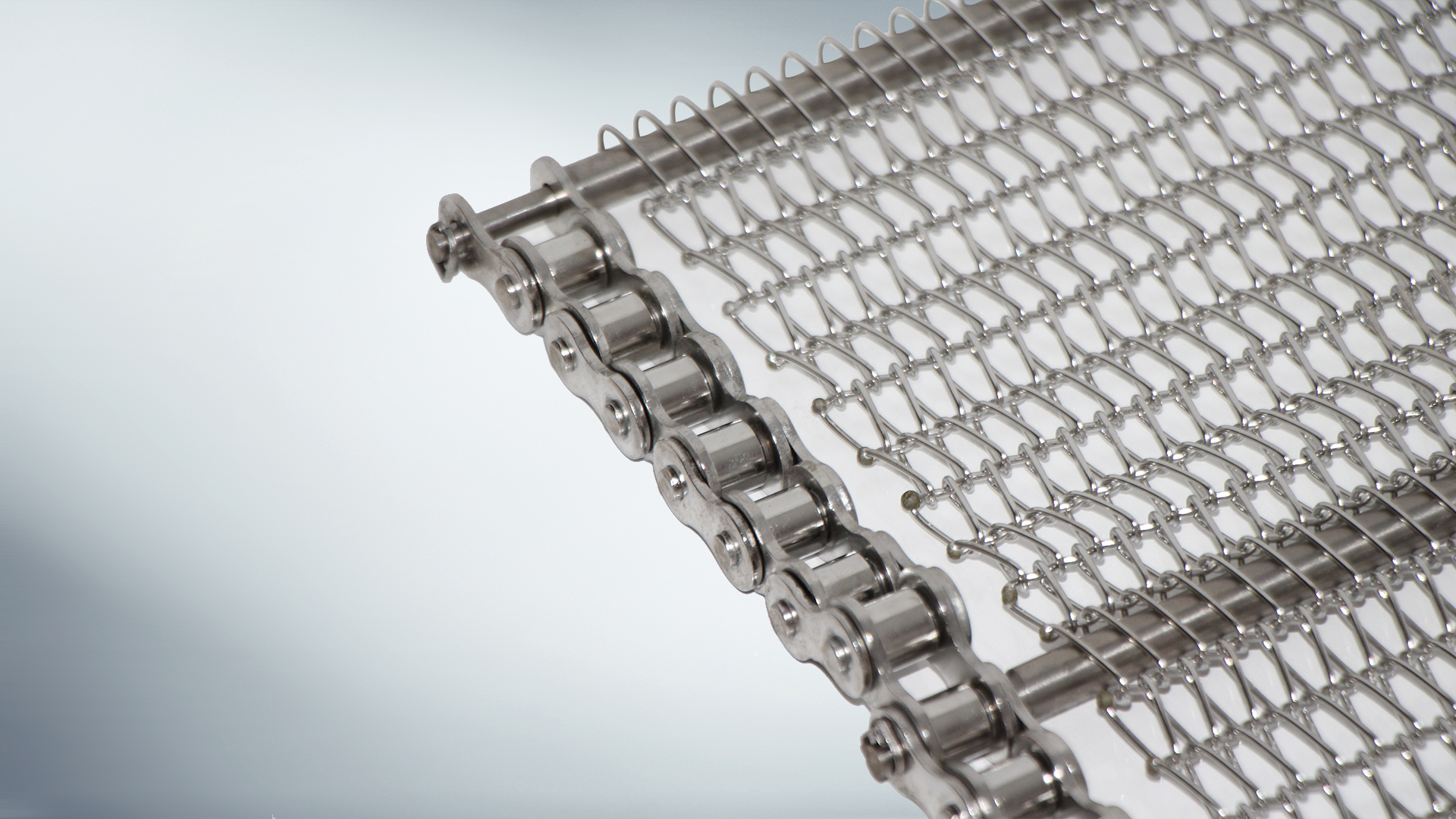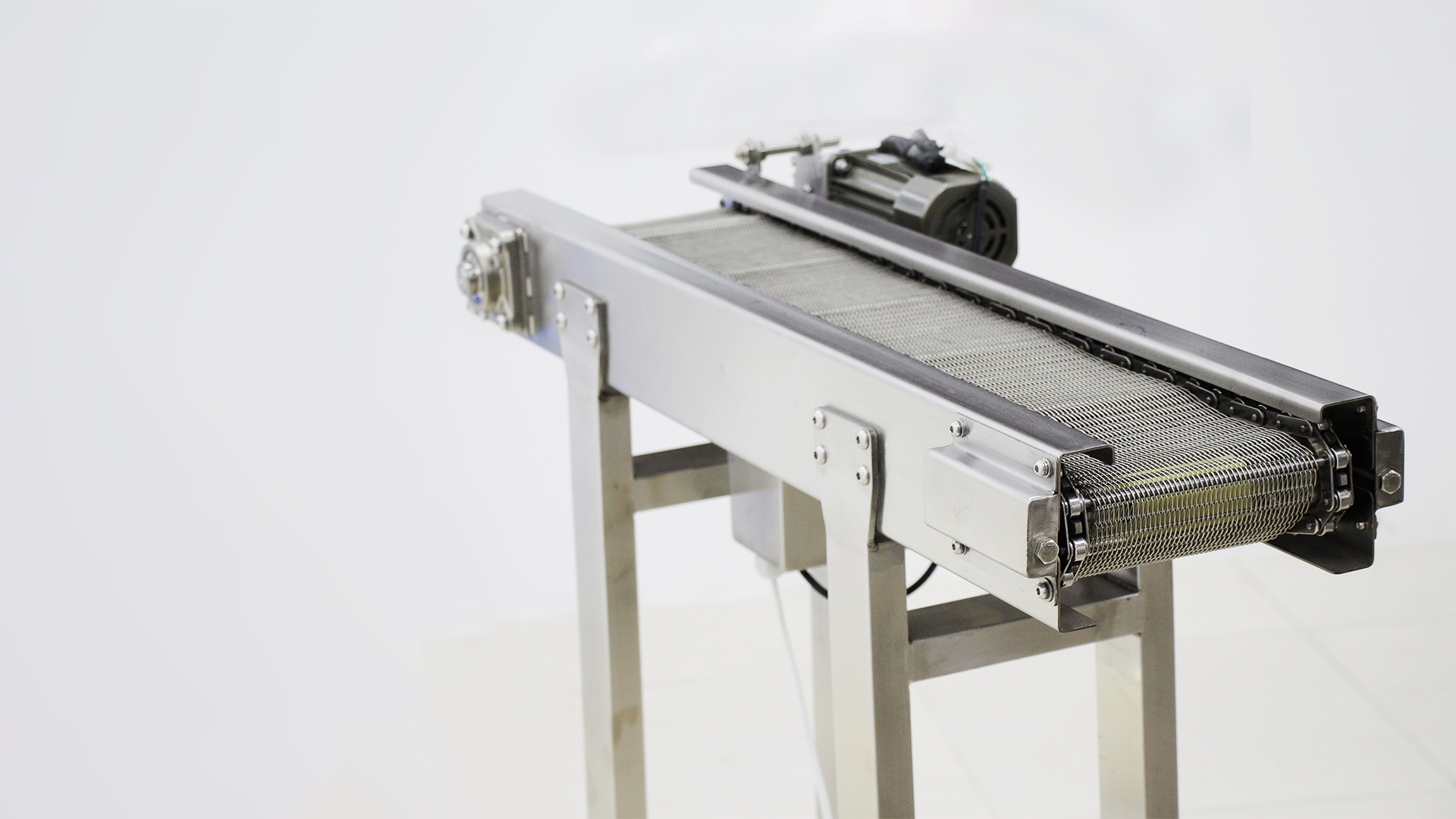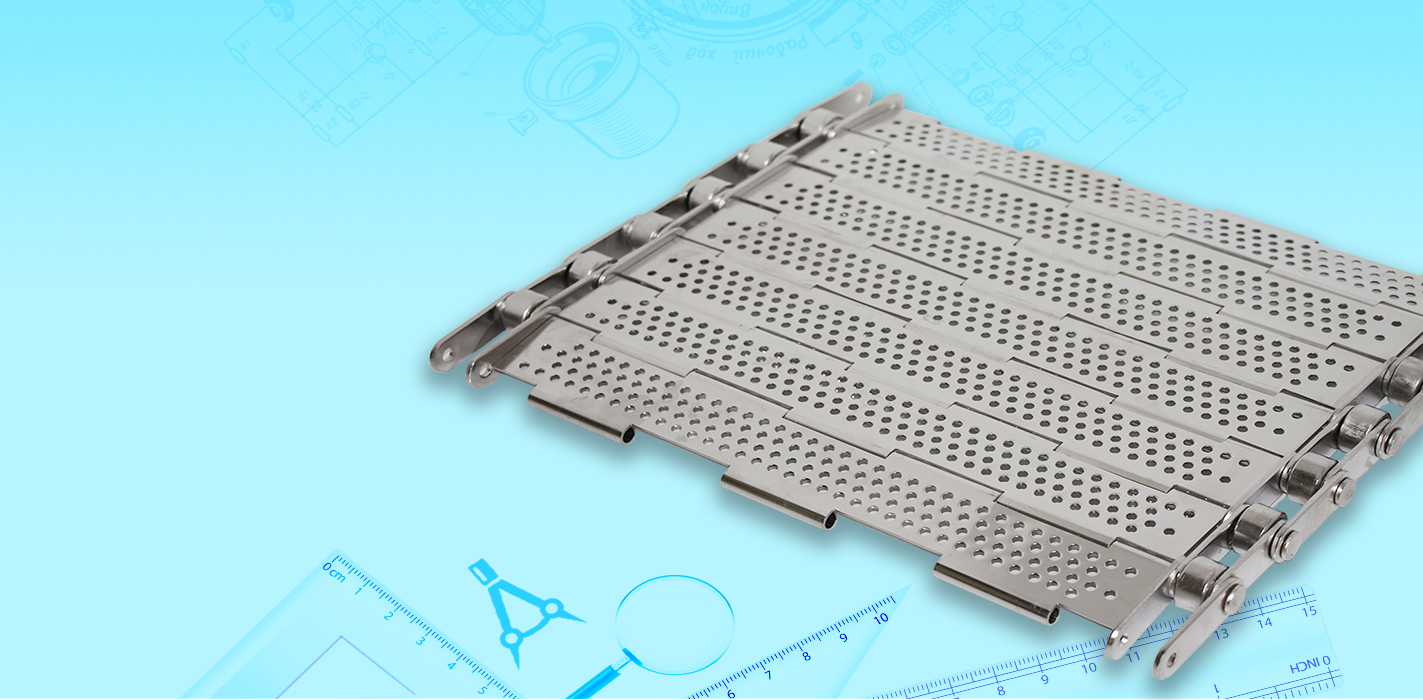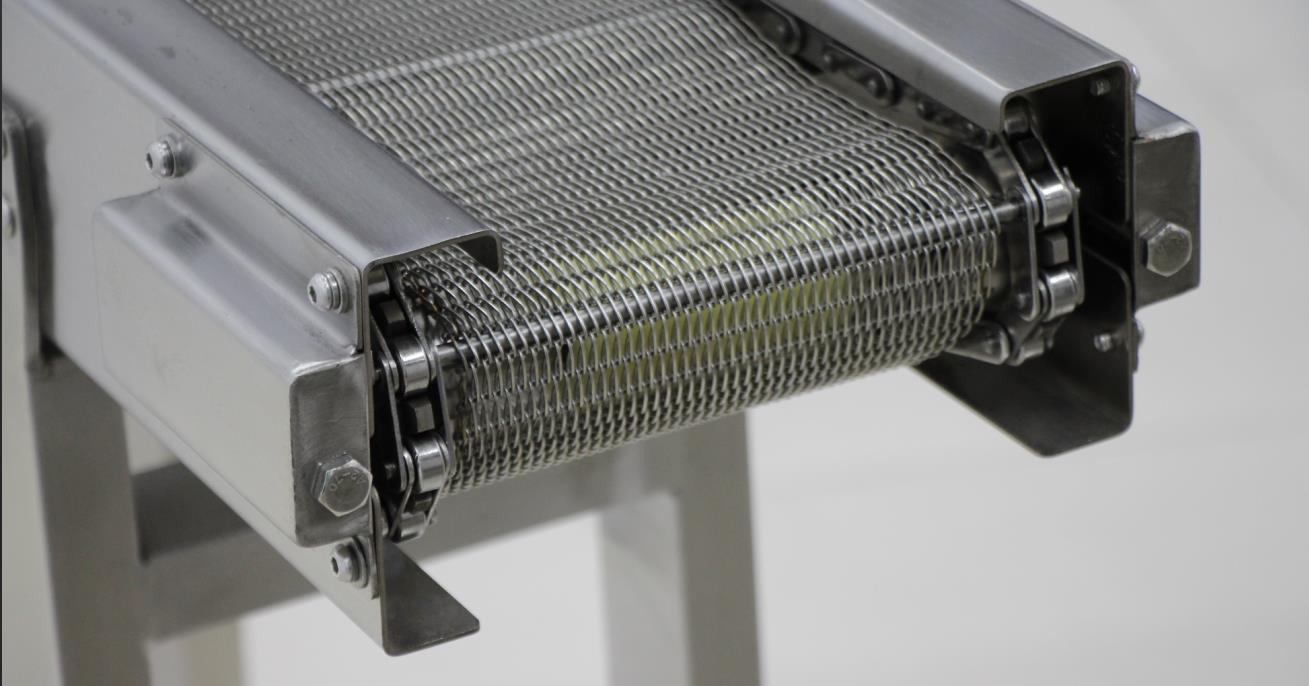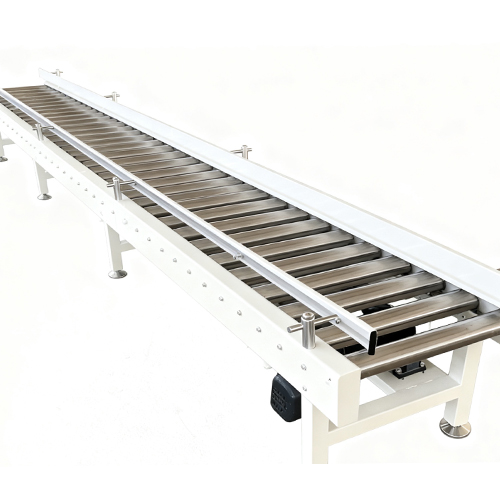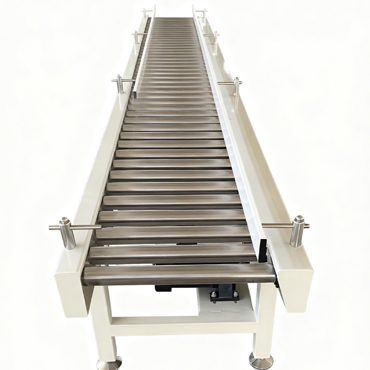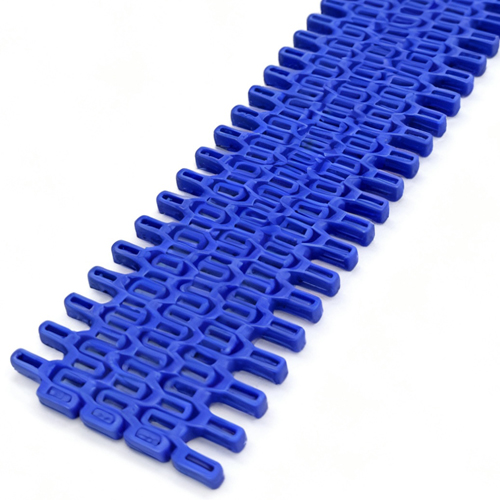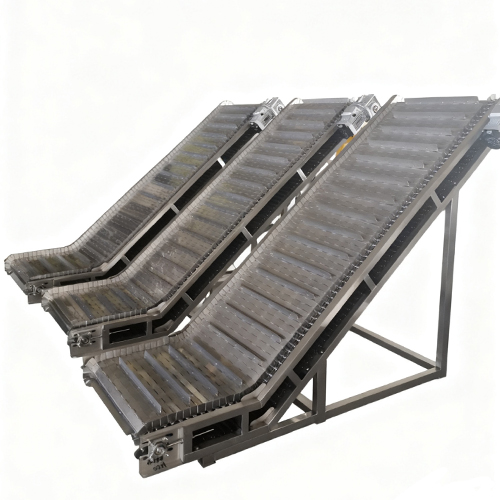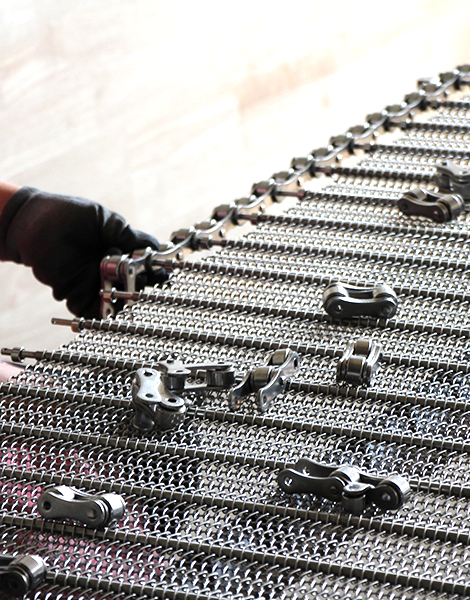The conveying capacity of a roller conveyor depends on several factors.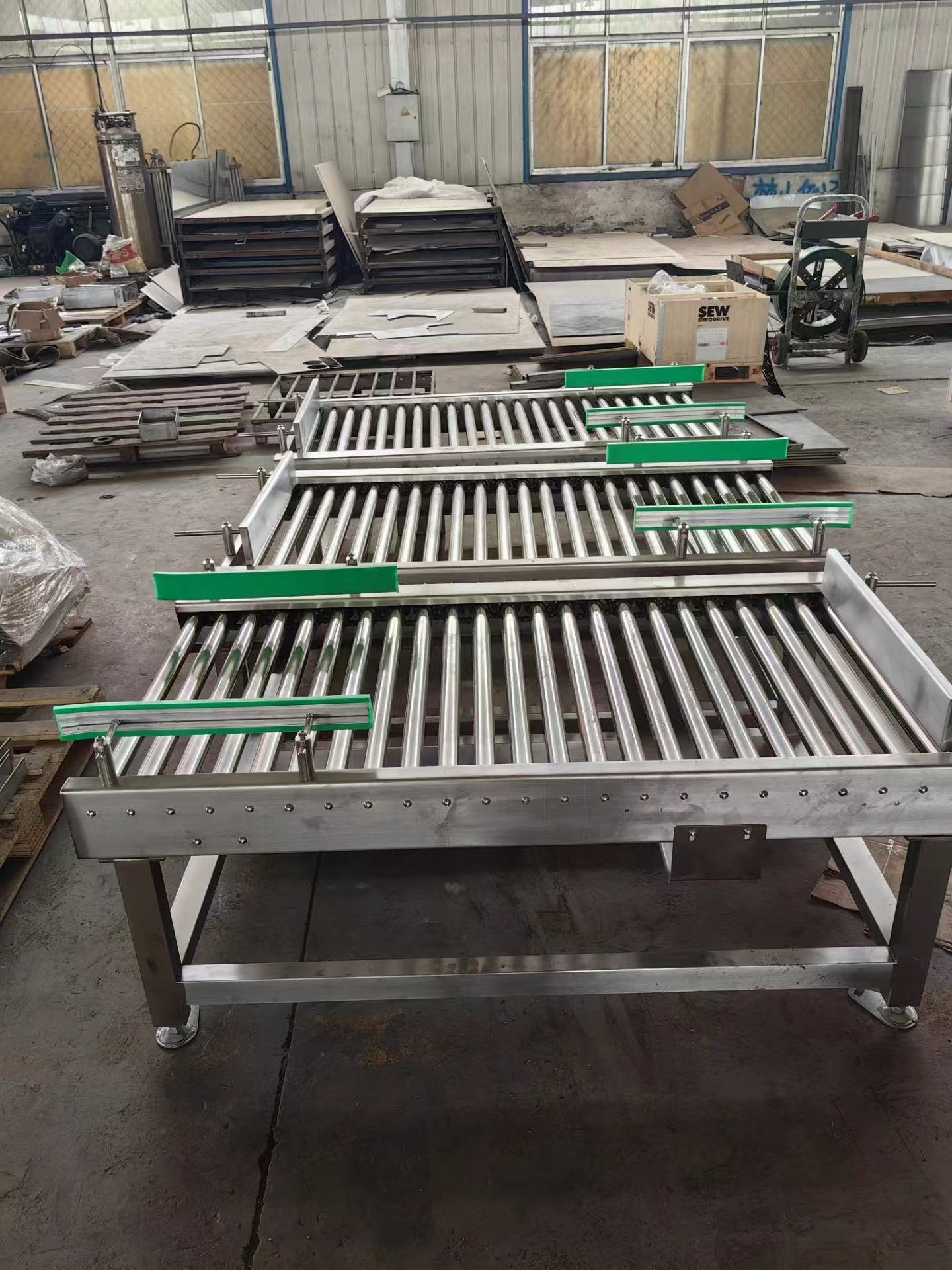
First, the diameter and spacing of the rollers are critical. Larger-diameter rollers reduce friction between the material and the rollers, enabling smoother movement of the material and enhancing conveying capacity. Appropriate roller spacing ensures the stability of the material during conveyance, preventing it from swaying or dropping due to excessive spacing, which could reduce efficiency.
Second, the linear speed of the rollers significantly impacts conveying capacity. A higher linear speed means more material can be conveyed in a given amount of time. However, it should not be excessively high, as this could cause the material to slide on the rollers and result in damage to the material or unstable conveying. Additionally, the linear speed must match the material's characteristics. For example, a lower linear speed should be used for fragile materials.
Furthermore, the surface material of the rollers is critical. Different surface materials have different coefficients of friction. Rubber surfaces, for instance, provide good friction and are suitable for ordinary materials, while smooth surfaces are better suited for materials with higher requirements, such as electronic products. However, they have lower friction and require adjustments to parameters like line speed.
The inclination angle of the conveyor also affects conveying capacity. Within a certain range, an appropriate inclination angle can use gravity to assist with conveying and improve efficiency. However, beyond a certain angle, materials may slide down, thereby reducing conveying capacity.



